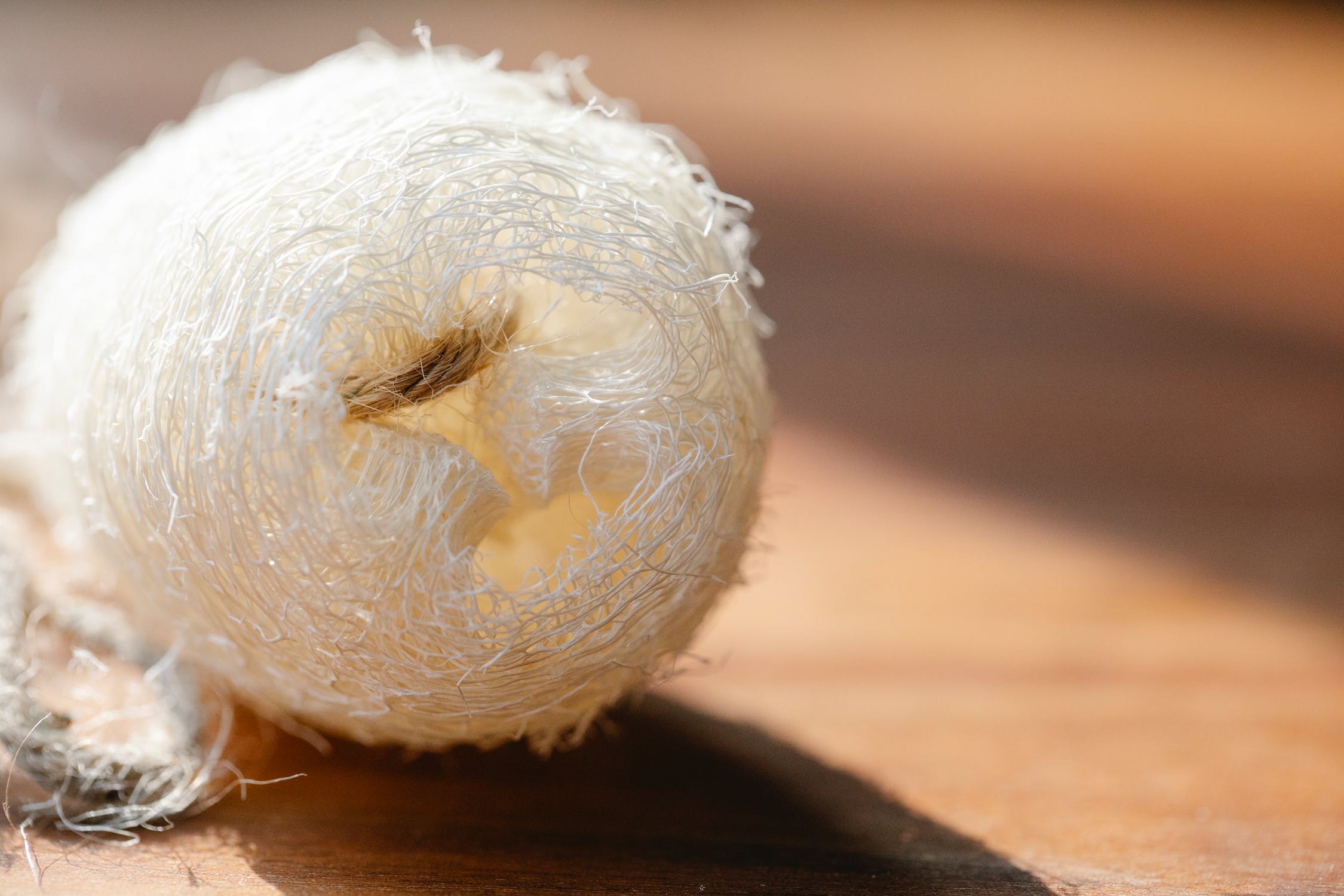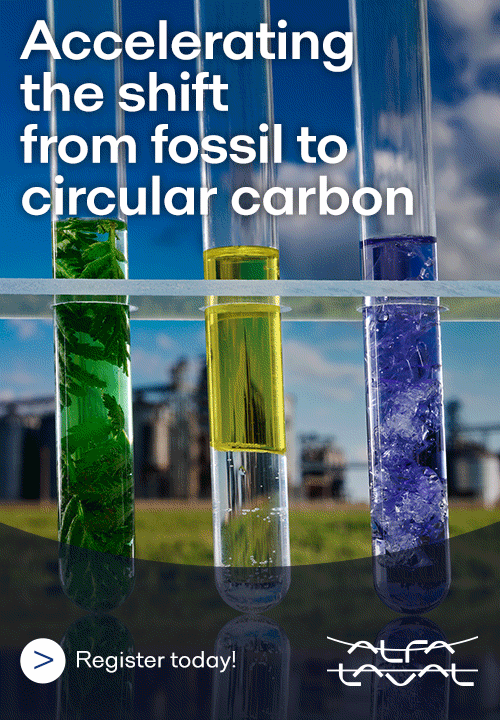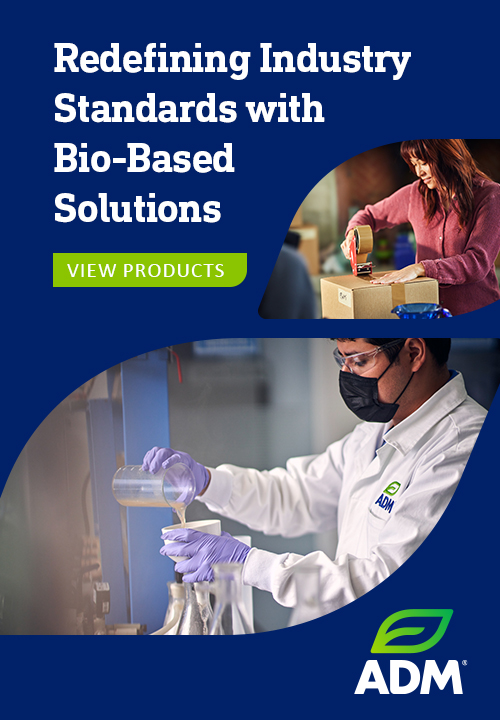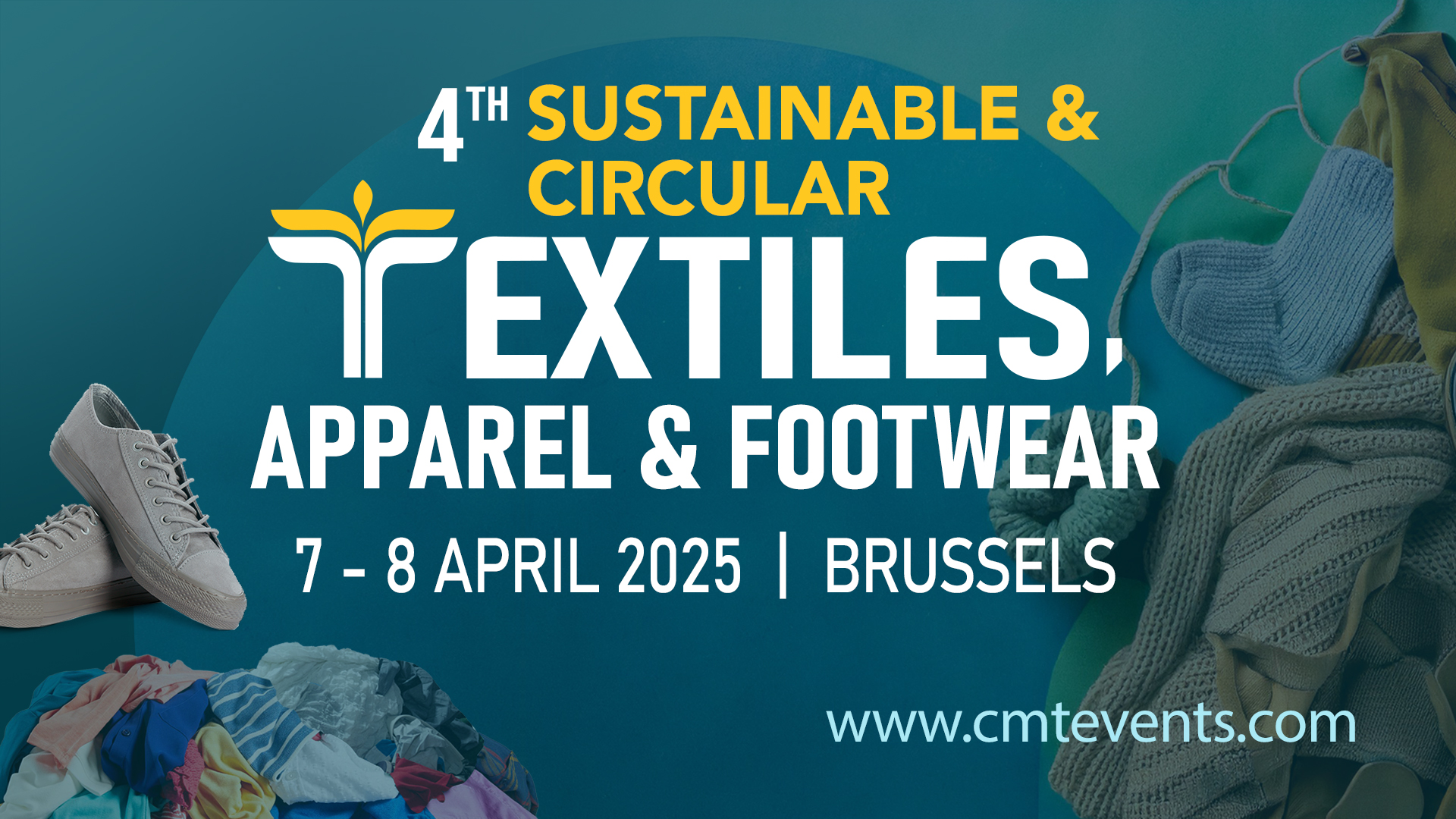Cleaning dirty water using sunlight can only produce up to a few gallons of water each day with the current methods. But researchers in ACS Central Science report that they have been inspired by loofah sponges to develop a sunlight-powered porous hydrogel that could potentially purify enough water to satisfy someone’s daily needs, regardless of weather conditions.
Rodney Priestley, Xiaohui Xu, and colleagues wanted to replicate the loofah’s structure in a PNIPAm-based hydrogel, yielding a material that could rapidly absorb water at room temperature, and rapidly release purified water when heated by the sun’s rays under bright or cloudy conditions.
The researchers used a water and ethylene glycol mixture as a uniquely different polymerization medium to make a PNIPAm hydrogel with an open pore structure, similar to a natural loofah. Then they coated the opaque hydrogel’s inner pores with polydopamine (PDA) and poly(sulfobetaine methacrylate) (PSMBA), and tested this material using an artificial light equivalent to the power of the sun. It absorbed water at room temperature and, when heated by the artificial light, released 70% of its stored water in 10 minutes — a rate four times greater than the one for a previously reported absorber gel. The researchers say that, at this rate, the material has the potential to meet a person’s daily demand. And under lower light conditions, replicating partly cloudy skies, it took 15 to 20 minutes for the material to release a similar amount of stored water.
Finally, the new loofah-like material was tested on samples polluted with organic dyes, heavy metals, oil and microplastics. In all of the tests, the gel made the water substantially cleaner. For example, in two cycles of treatment, water samples with around 40 parts per million (ppm) chromium were absorbed, then released with less than 0.07 ppm chromium — the allowable limit for drinking water. The researchers say the unique hydrogel structure that they created could be useful in additional applications, such as drug delivery, smart sensors and chemical separations.






